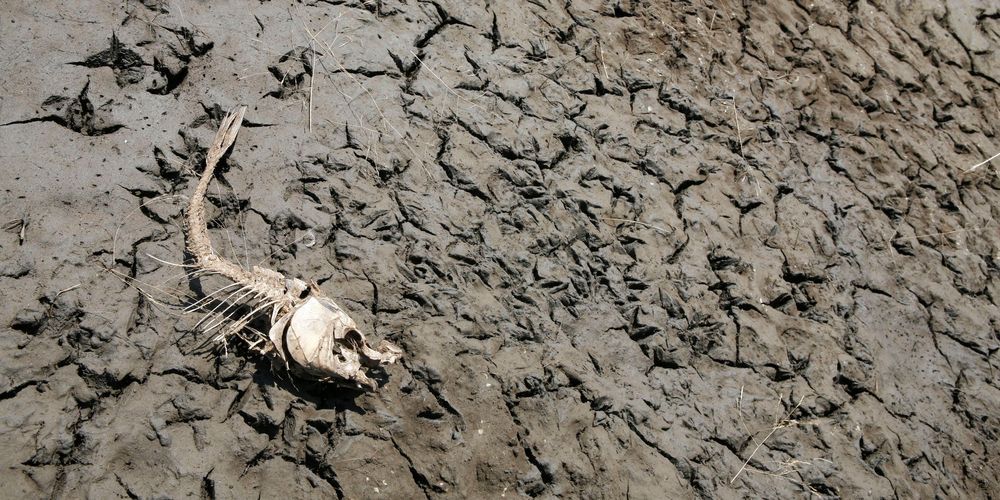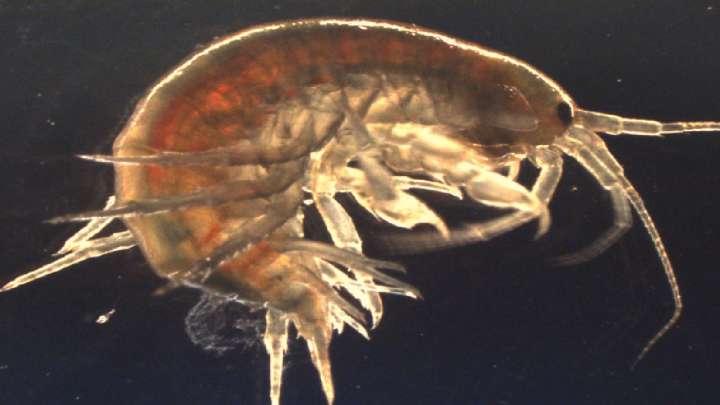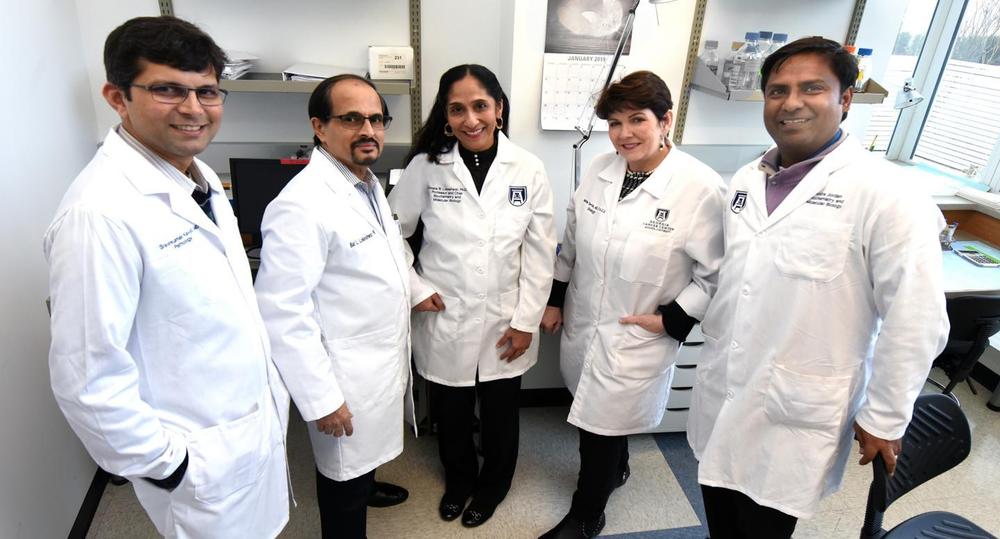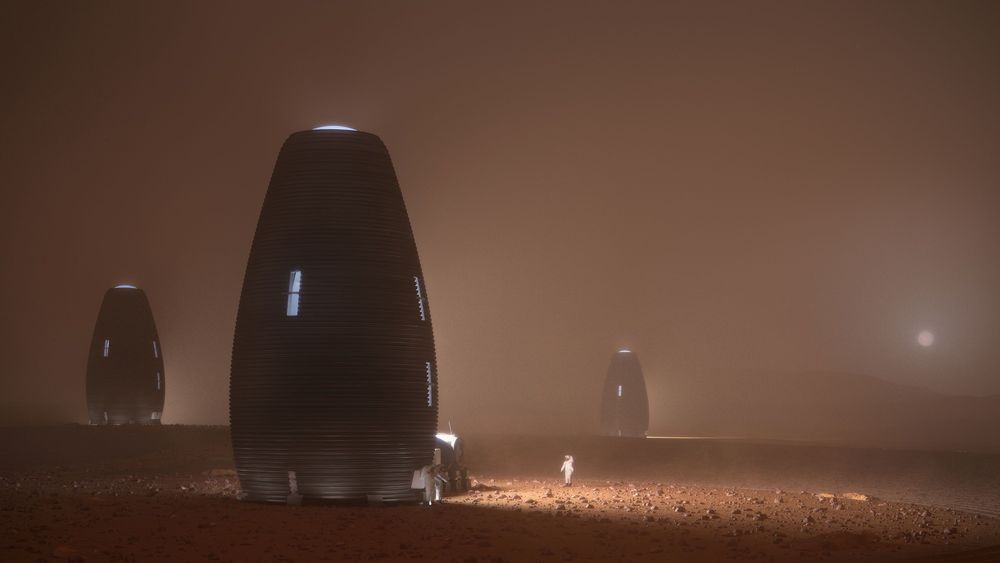A new United Nations report on the world’s biodiversity found that between 500,000 and 1 million species face extinction due to habitat destruction.



As we dive into the brave new world of gene editing, CRISPR technologies are undoubtedly becoming increasingly precise, but alongside enhanced precision is also the necessity for developing ways to inhibit or block the process – an anti-CRISPR molecule, if you will. New work from the Broad Institute and Brigham and Women’s Hospital has presented a study that homes in on small molecules that may have the ability to safely block the CRISPR gene editing process.

If you take a look at the life of freshwater shrimp in the sleepy English countryside, you’ll find enough drugs to keep a funk band on tour very happy.
A new study has found notable levels of cocaine, ketamine, Valium, Xanax, t ramadol, and other pharmaceuticals in the bodies of freshwater shrimp and their habitat in Suffolk, UK. The researchers also found traces of numerous pesticides that are now banned by the EU.
Reporting in the journal Environment International, scientists from King’s College London analyzed levels of micropollutants in surface water samples and Gammarus pulex freshwater shrimp from 15 different sites across the county of Suffolk in the east of England. To their surprise, they discovered trace levels of at least 67 different contaminant compounds. The most frequently detected contaminant was cocaine, which was detected in every single shrimp from all 15 sites.

A new way to store information in molecules could preserve the contents of the New York Public Library in a teaspoon of protein, without energy, for millions of years.
Books can burn. Computers get hacked. DVDs degrade. Technologies to store information–ink on paper, computers, CDs and DVDs, and even DNA–continue to improve. And yet, threats as simple as water and as complex as cyber-attacks can still corrupt our records.
As the data boom continues to boom, more and more information gets filed in less and less space. Even the cloud–whose name promises opaque, endless space–will eventually run out of space, can’t thwart all hackers, and gobbles up energy. Now, a new way to store information could stably house data for millions of years, lives outside the hackable internet, and, once written, uses no energy. All you need is a chemist, some cheap molecules, and your precious information.
To help put the first generation of space colonists on the right footing, Purdue University’s Resilient ExtraTerrestrial Habitats (RETH) Institute is building a one-quarter-scale space habitat similar to ones that may one day be built on the Moon and Mars. It is hoped habitats boasting a combination of “resilience, intelligence, and autonomy” will stand up to the many hazards space can throw at them.


Imagine being able to use grass instead of plastic for #Straws…Zero Waste Saigon, which also sells the straws, says that finding a human use for the grass, helps preserve wetlands, which provide habitat for Sarus Crane birds, because it prevents them from being turned into crop land.
This man has come up with a super sustainable — and truly biodegradable —substitute for plastic straws.
As plastic straw bans come into effect around the world, a Vietnamese man has come up with a creative, natural alternative.